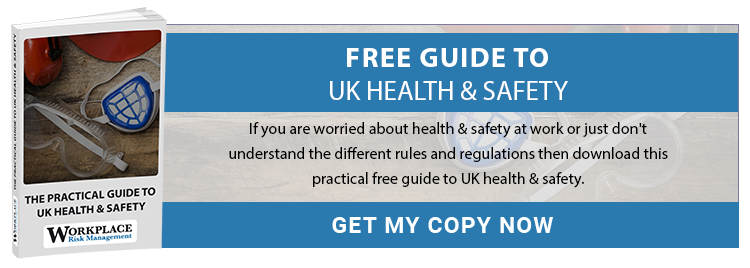
The retail sector is not generally considered to be a hazardous working environment, and certainly presents fewer risks than say, the construction industry. But with a total UK workforce in the region of 3 million, there is still a significant count of injuries and accident related absenteeism which indicates a level of risk that demands monitoring and addressing.
Main Areas Of Risk In Retail
These main headings apply to retail and also to many other industries, and represent the most common cause of accidents and injury in the retail sector:
- Manual handling
- Fire
- Display screen equipment
- Equipment/machinery
- Hazardous Substances
- Working at heights
There are other risks that legislation can do little to ameliorate such as harassment or violent behaviour from members of the public. Workers are also more exposed to illness from airborne bacteria and viruses simply because they cannot avoid coming in contact with the general public as part of their work.
You Must Do The Minimum To Be Legally Compliant
Performing a written risk assessment is now a legal obligation under the Management of Health and Safety at Work Regulations 1999. A business employing five or more employees needs to write down and record any significant findings. In a normal retail outlet, a risk assessment ought to be straightforward (unlike, say, a factory or a construction site).
Doing The Basics Is Not Difficult Or Onerous – More Like Common Sense
In addition to carrying out a risk assessment, employers must also carry out the following activities and be seen to be doing so. Not only are these a legal requirement but they have a significant added benefit on staff morale and productivity. When an employer engages workers in a joint effort to raise health and safety awareness, staff feel more looked after. That generates a more positive attitude towards work and the workplace.
- Whatever hazards or threats were identified in the risk assessment must be addressed. Make a plan for performing the necessary actions to mitigate each one.
- Assign competent people who have the ability to action or oversee these arrangements. These are often the owner, senior managers or colleagues from the workforce.
- Make plans for unexpected incidents and emergencies. You can find a framework to work towards on the HSE website. This includes assigning roles and responsibilities so that everybody knows what to do in the event of an emergency.
- Provide employees with clear guidelines and training on aspects that require it. The objective is to achieve clarity in the minds of every individual as to what is expected of them as well as an opportunity to learn safety techniques, such as materials handling skills.
- In workplaces used by more than one employer, where employees share many of the same risks, employers must establish contact points in each organisation and share information and ideally joint safety training and procedures if that is practical and applicable.
Larger Stores Can Get Help To Ensure They Remain Compliant
Engaging a firm of experts, such as Workplace Risk Management removes all doubt and ensures your business will meet every requirement of Health & Safety and continue to do so. Every retail organisation can benefit from downloading our free eBook A Practical Guide To UK Health and Safety today and use it as a starting point for building a compliant and safe working environment for the benefit of employees, customers and visitors.


